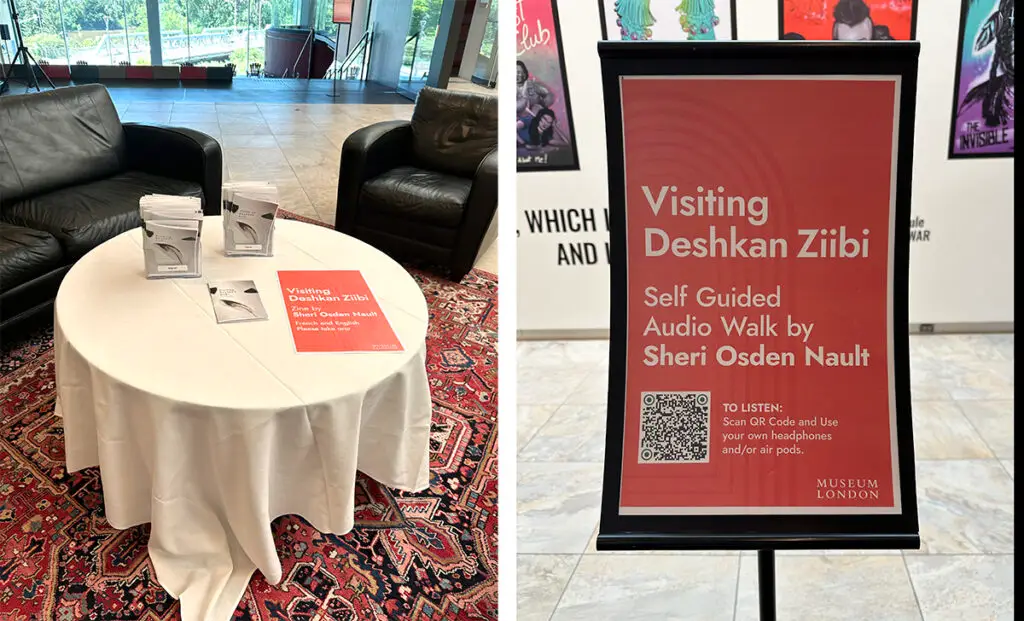Tied together like a knot: ecologically responsible innovation as creative praxis
Research-creation support material
Please see the artist residency and art project documentation below for examples of creative work that demonstrates my qualifications and the nature of my proposed research-creation project. Clicking on an image thumbnail in a gallery will open an image viewer in which the full image can be clearly viewed.
Images have been resized to allow for easier loading in web-browsers. If they appear blurred, clicking to expand the gallery should resolve the issue.
Support material 1:
Artist residency at Batoche and seeded bison skull sculpture, 2024
These images document components of my research-creation process at Batoche during Summer 2024. Research that has been foundational to my proposed project. By working to create this sculpture on the land, I was able to meet many community members as they visited the Batoche National Historic Site and to respond to the land while creating a temporary ‘monument’ sculpture.
The process of creating a seeded, unfired clay sculpture (colloquially referred to as a ‘seed bomb’) at this large scale represents the beginning of my recent experiments to innovate more sustainable sculptural processes. While it is currently ‘stable,’ this sculpture is meant to be impermanent, to be placed outside, and to grow – and will break down easily.
My current and proposed research aims to develop less fragile iterations of this sculpture that will not include seeds, can be shipped safely to exhibit, and meet the material requirements of collection-holding galleries and museums.
Displaying artwork in a community-style museum like this creates a very different, more grounded and accessible aesthetic experience than a formal gallery or museum space, as can be seen in the photos of the seeded bison skull in the Visitor Centre.
Please click on images to view them clearly
Support material 2:
Visiting Deshkan Ziibi
Streamable audio 'river walk,'zine, & public conversation on relationships to rivers
2023
Reviewers should feel they have a comfortable sense of the river walk audio by one minute into the stream below or may choose to click through it. If you wish, beginning at 1:25 will bypass the introduction and begin the narrative walk audio. I selected this artwork because it exemplifies ways responsiveness to locations show up in my creative practice.
This artwork has been designed to listen to while visiting the Deshkan Ziibing (Thames) or another river near you.
Recorded over several walks along the Deshkan Ziibing or Antler River (colonially referred to as the Thames in London, Ontario), Visiting Deshkan Ziibi invites listeners to walk alongside the river ‘with’ the artist. Crossing the temporalities and physical locations of multiple visits, Nault utilizes the current ease of access to streaming or downloading audio on personal devices to share stories, reflections, and observations, as though they were visiting the river alongside listeners. The artist’s relationship to other beings as relatives and teachers with enmeshed lives and futures, gently invites those visiting Deshkan Ziibi with them to reflect on the river, the land, and relationships to both human and non-human beings.
While imagined and recorded as audio, this work is also available in transcript form as both a physical or digital zine.
